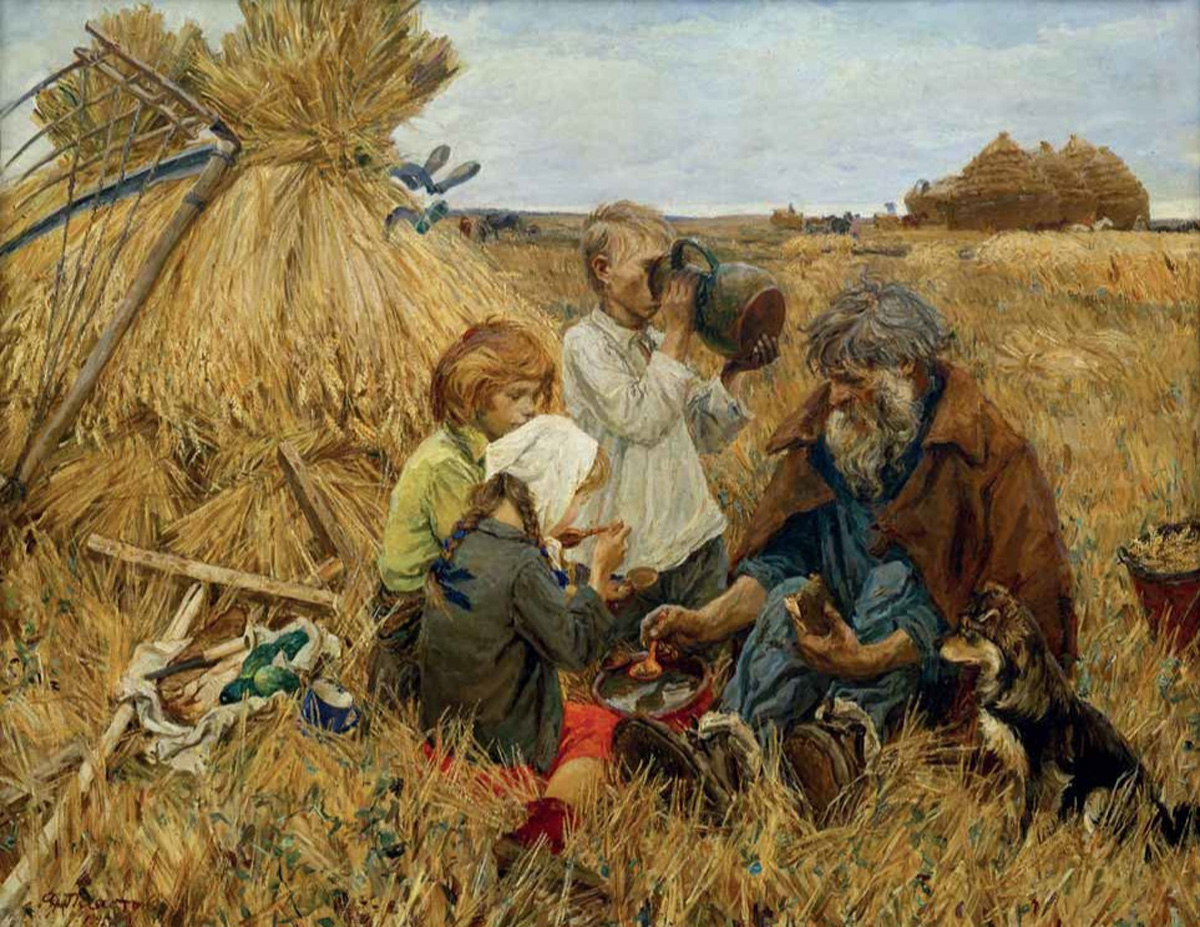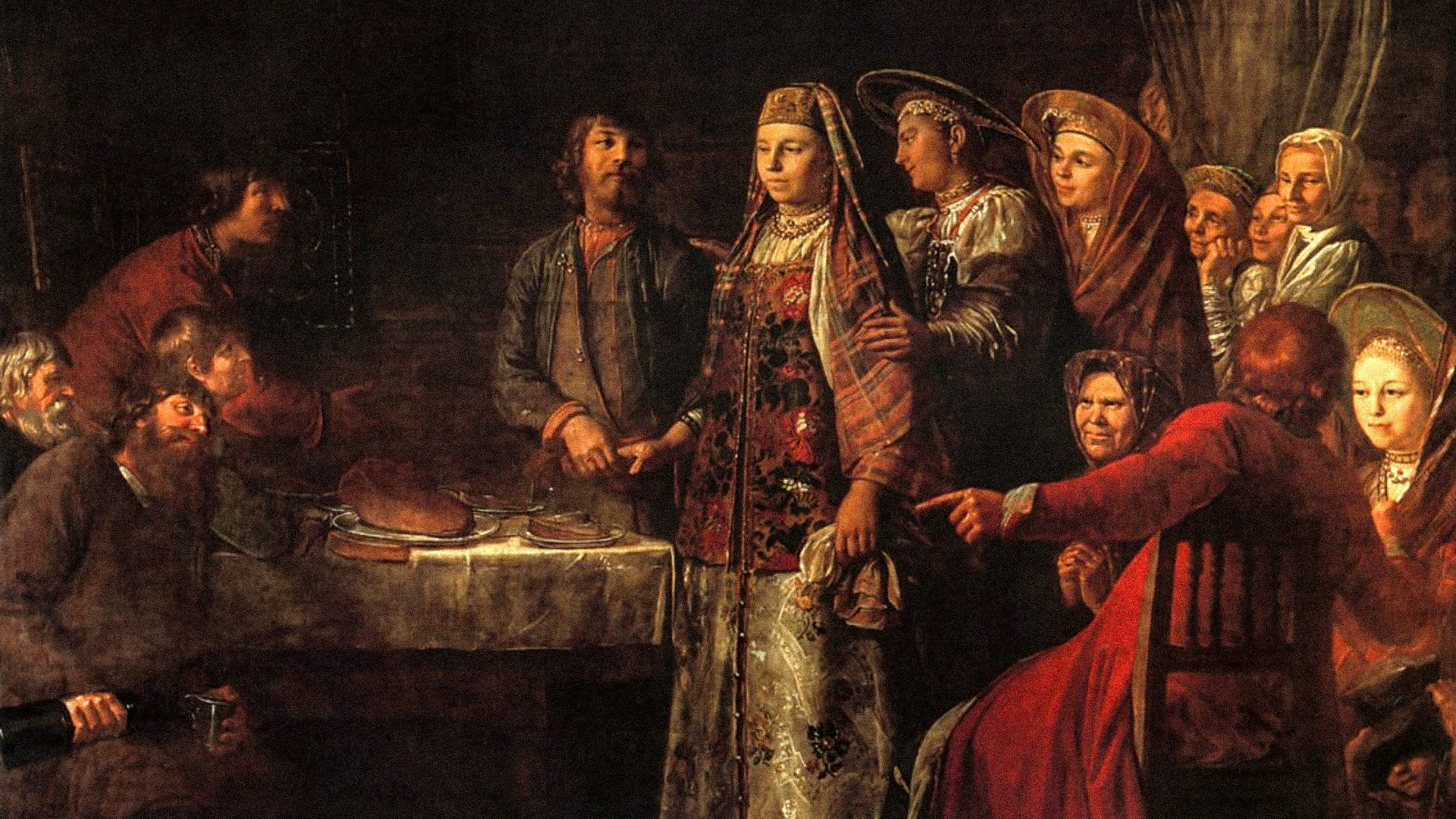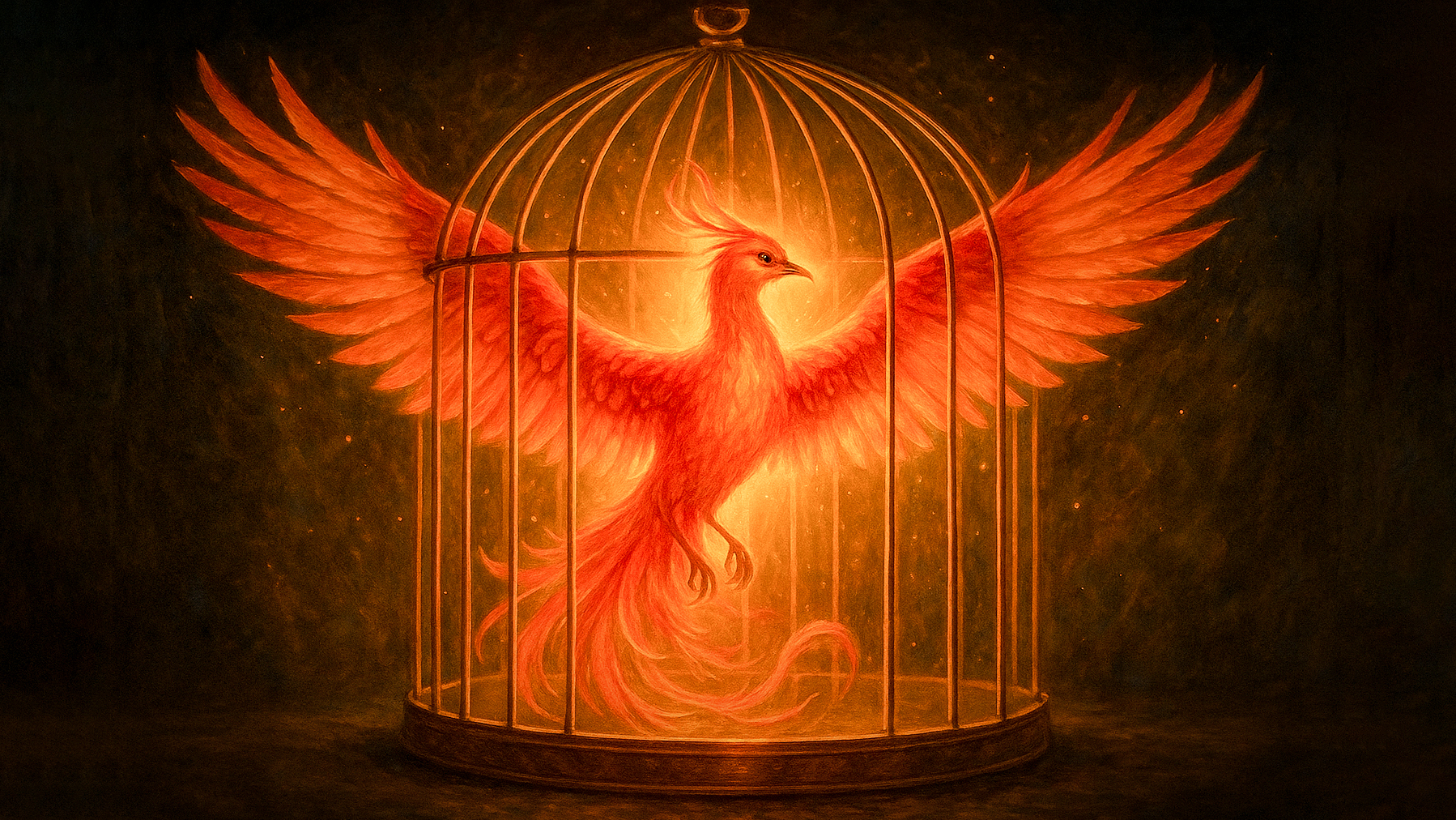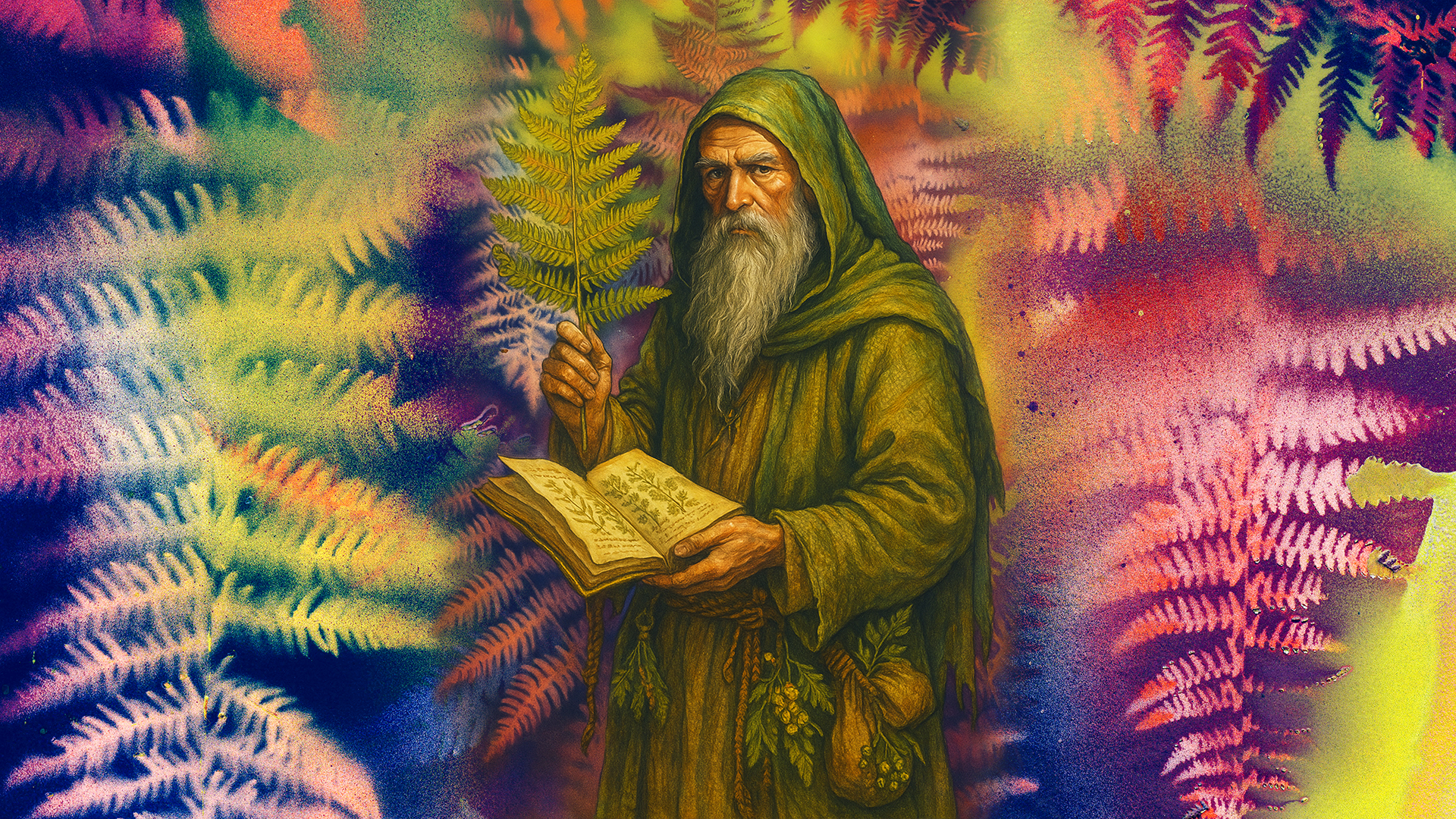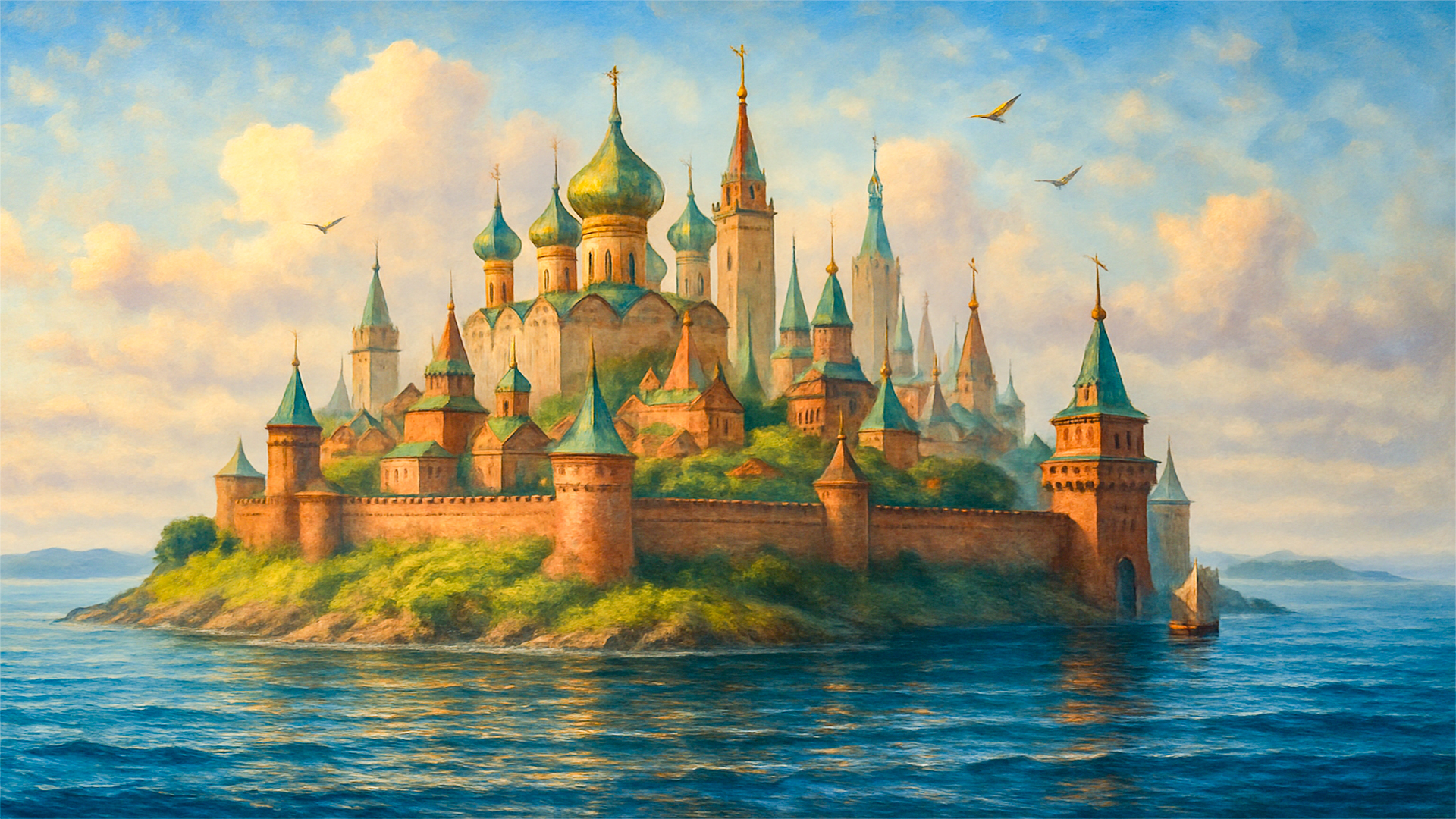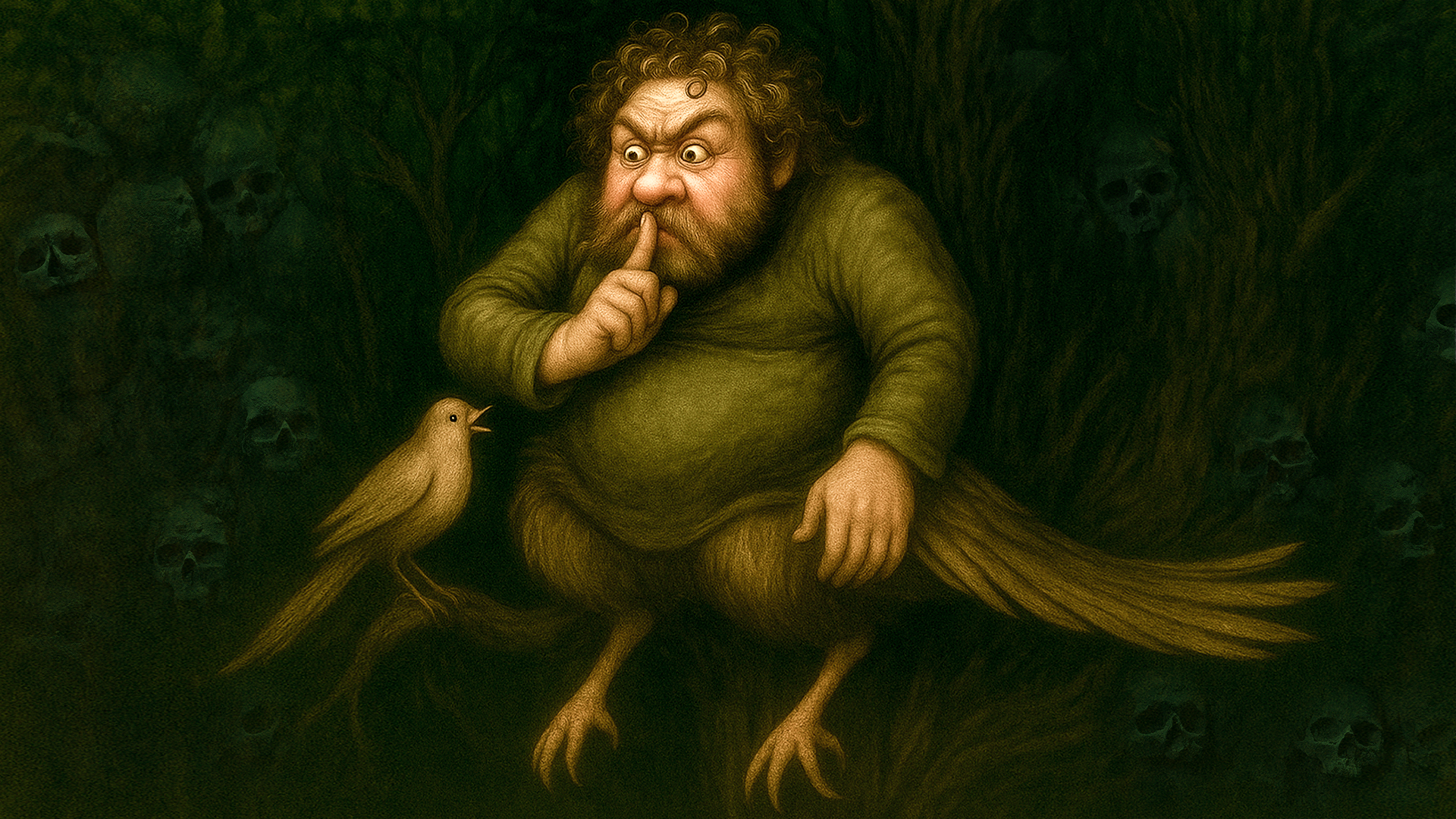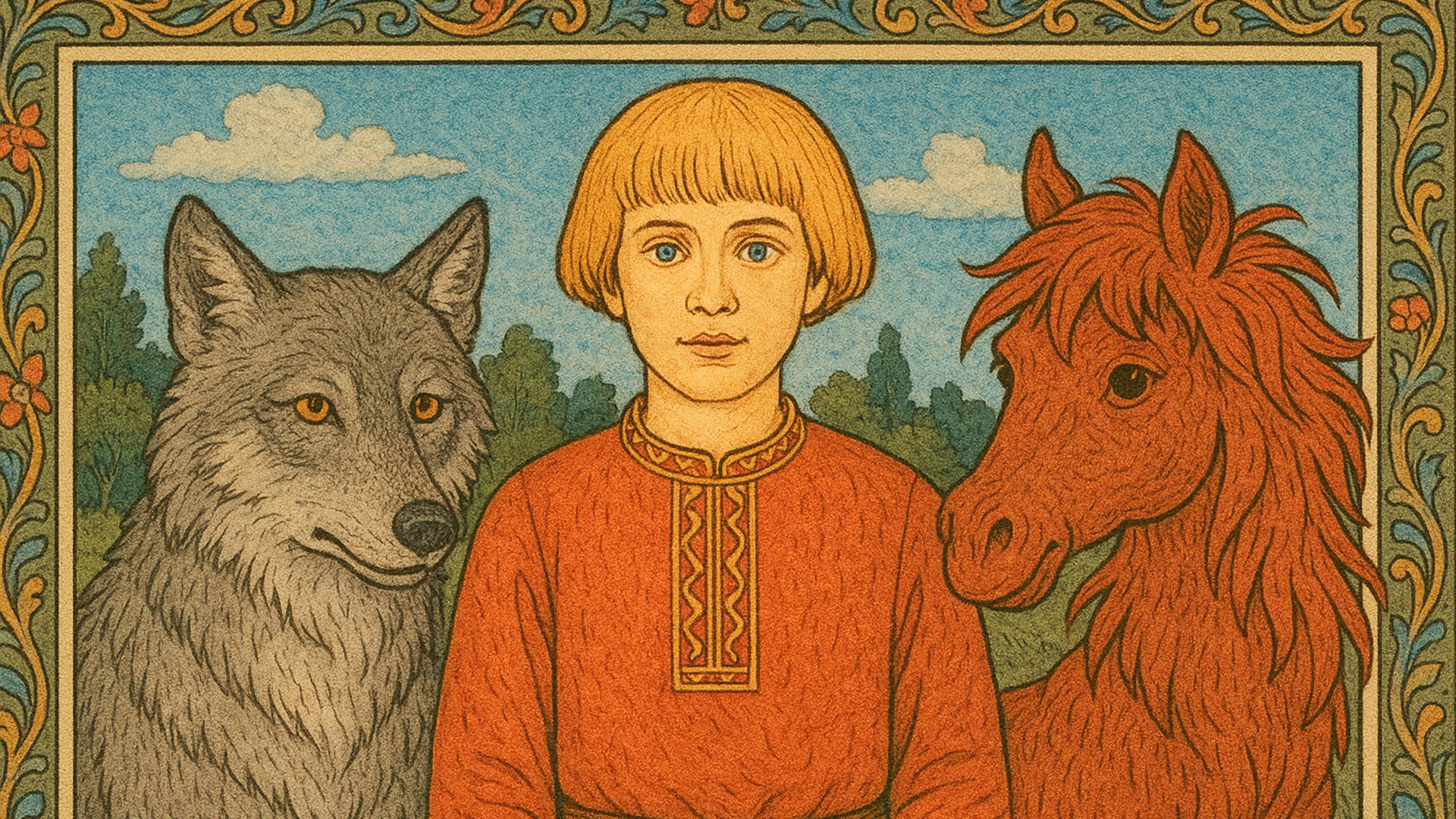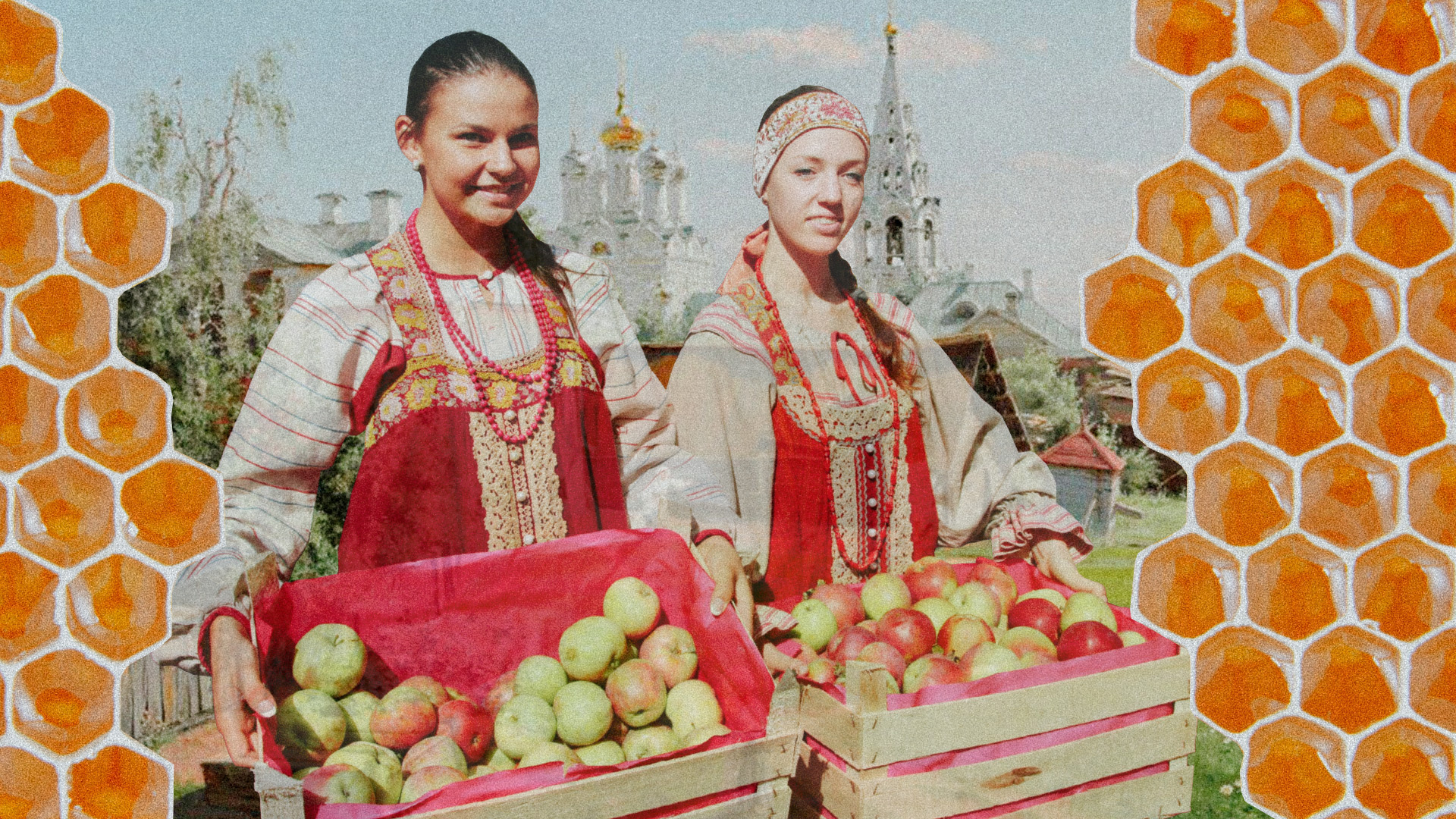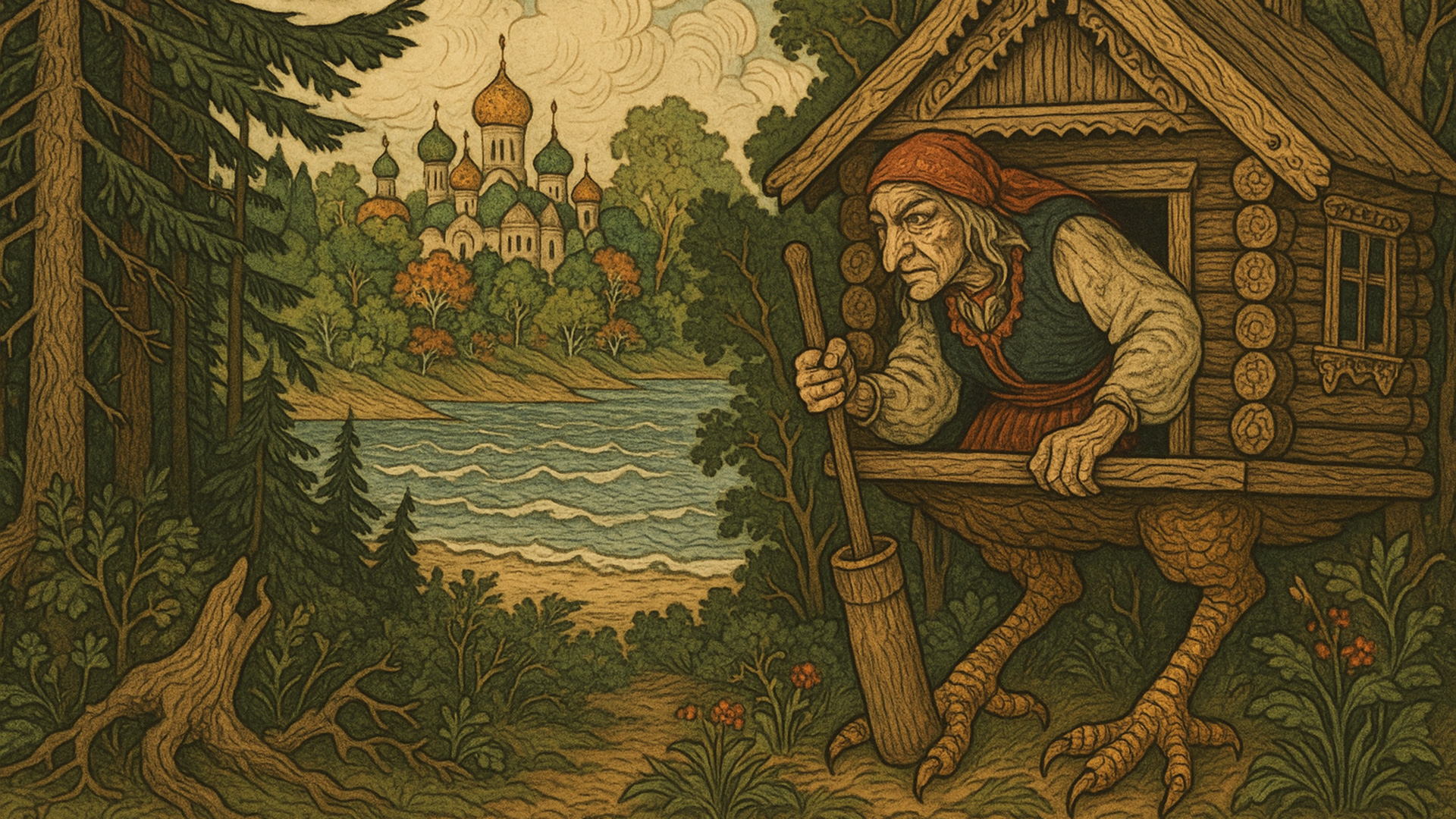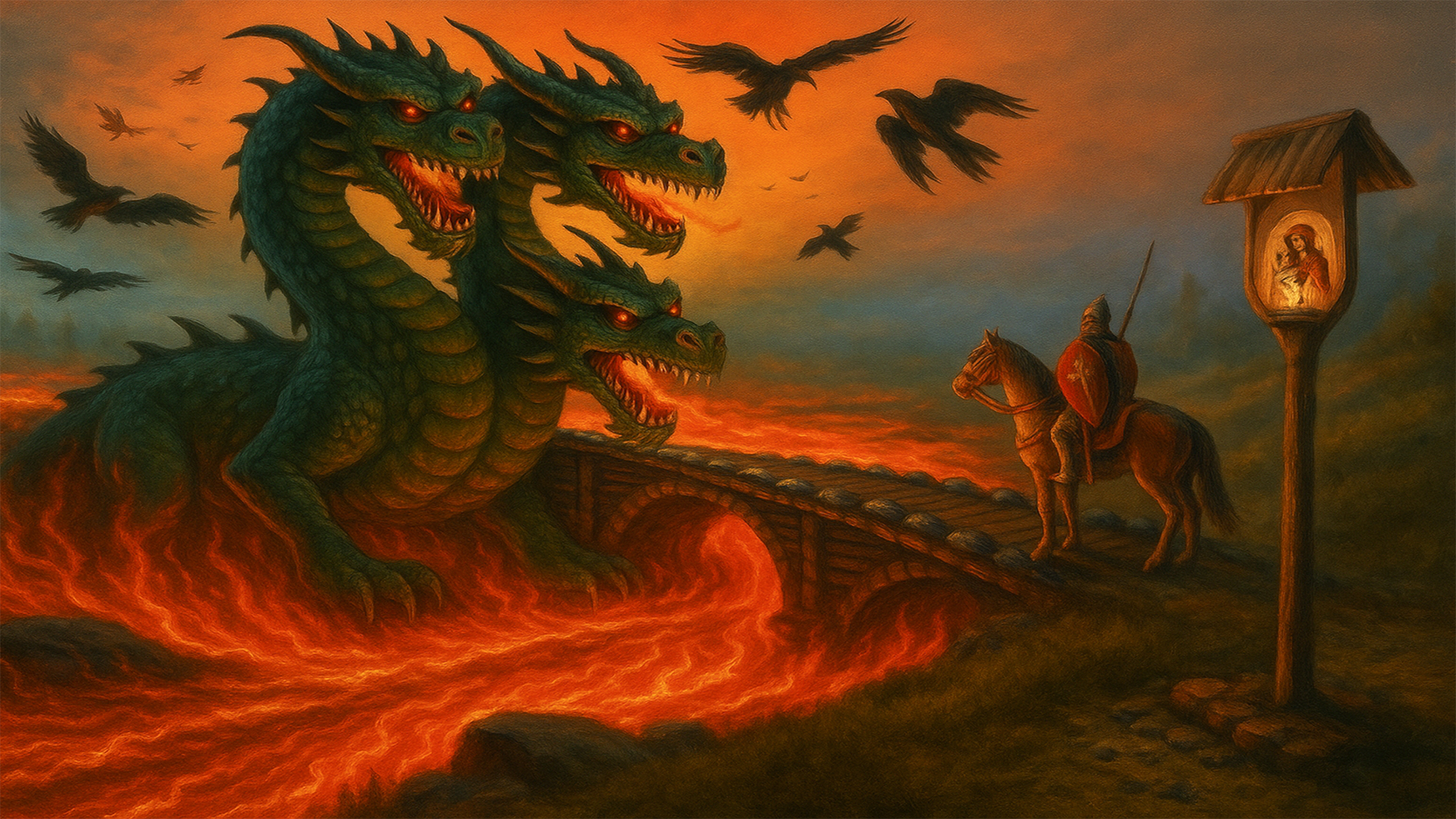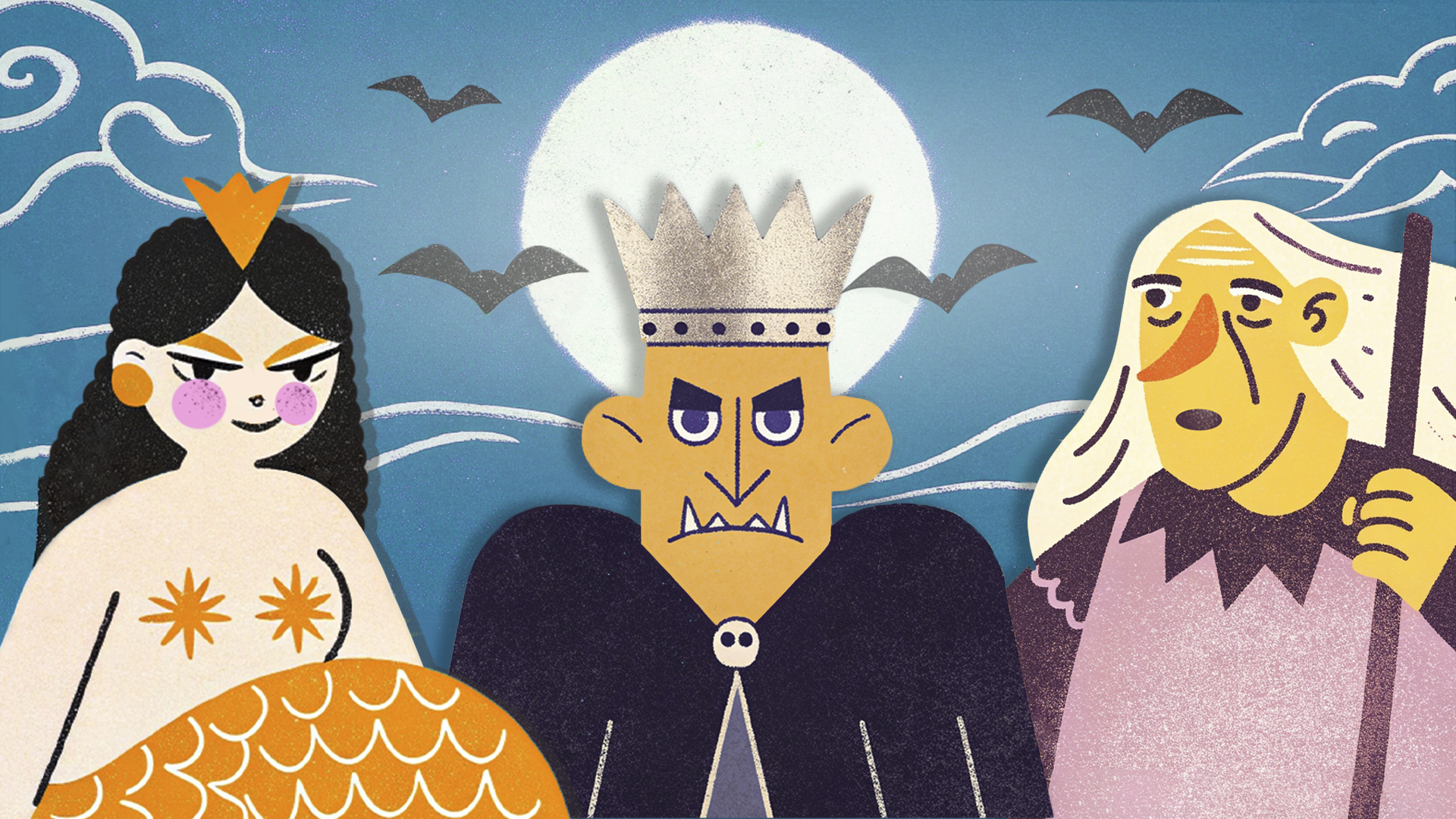
The harvest in the paintings of Russian artists (PICS)
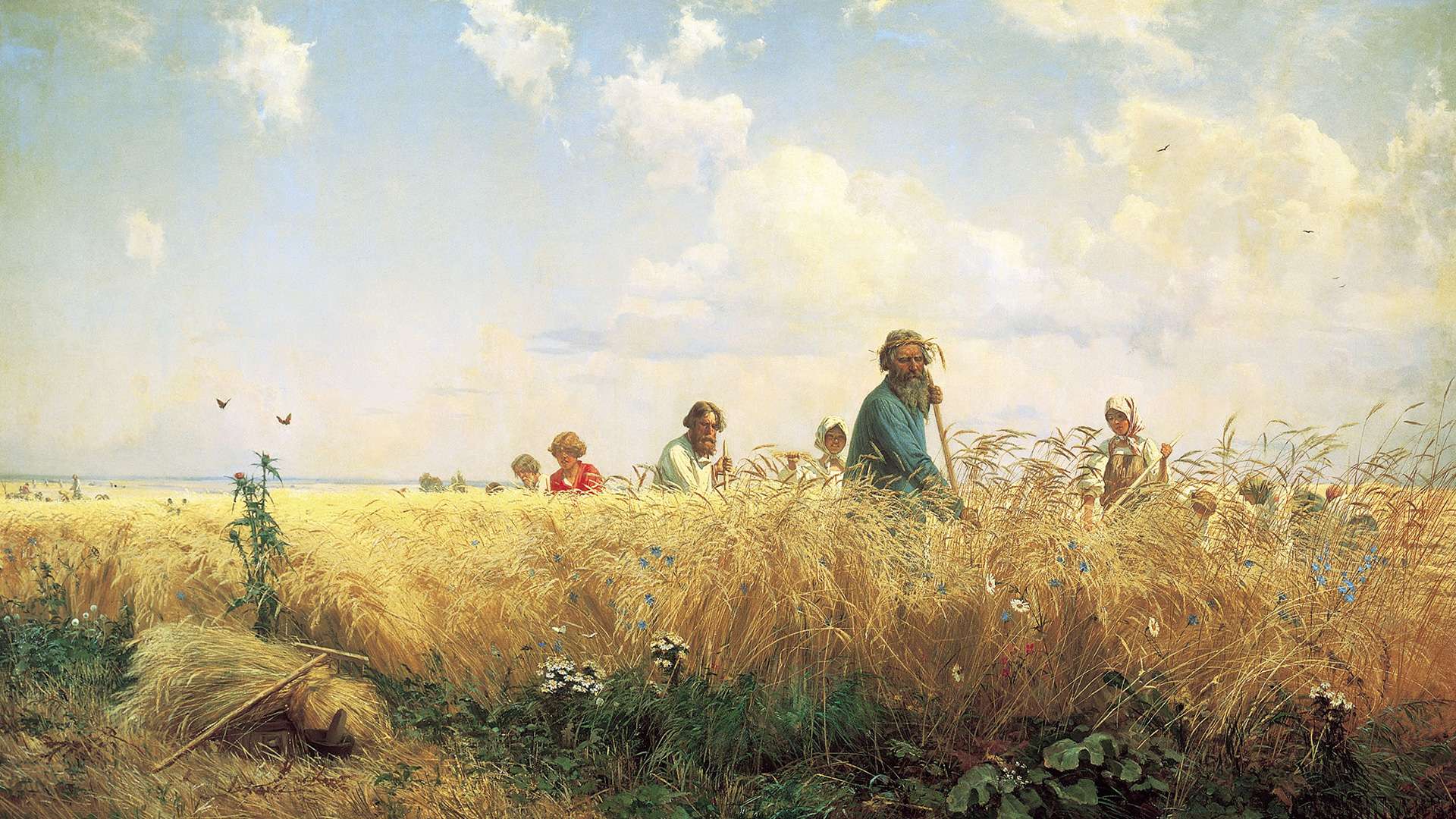
Usually rye, wheat, barley were reaped with a sickle, while buckwheat, oats, peas were almost always cut down with a scythe.
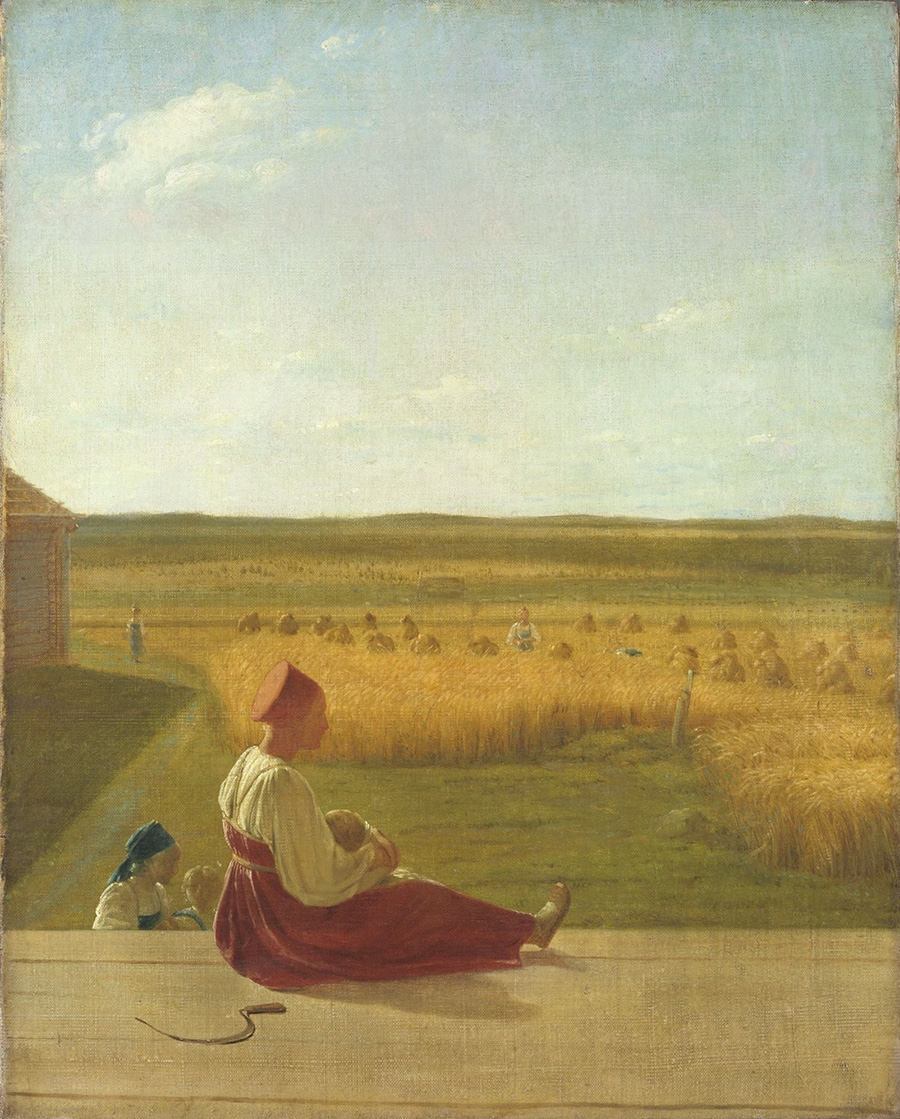
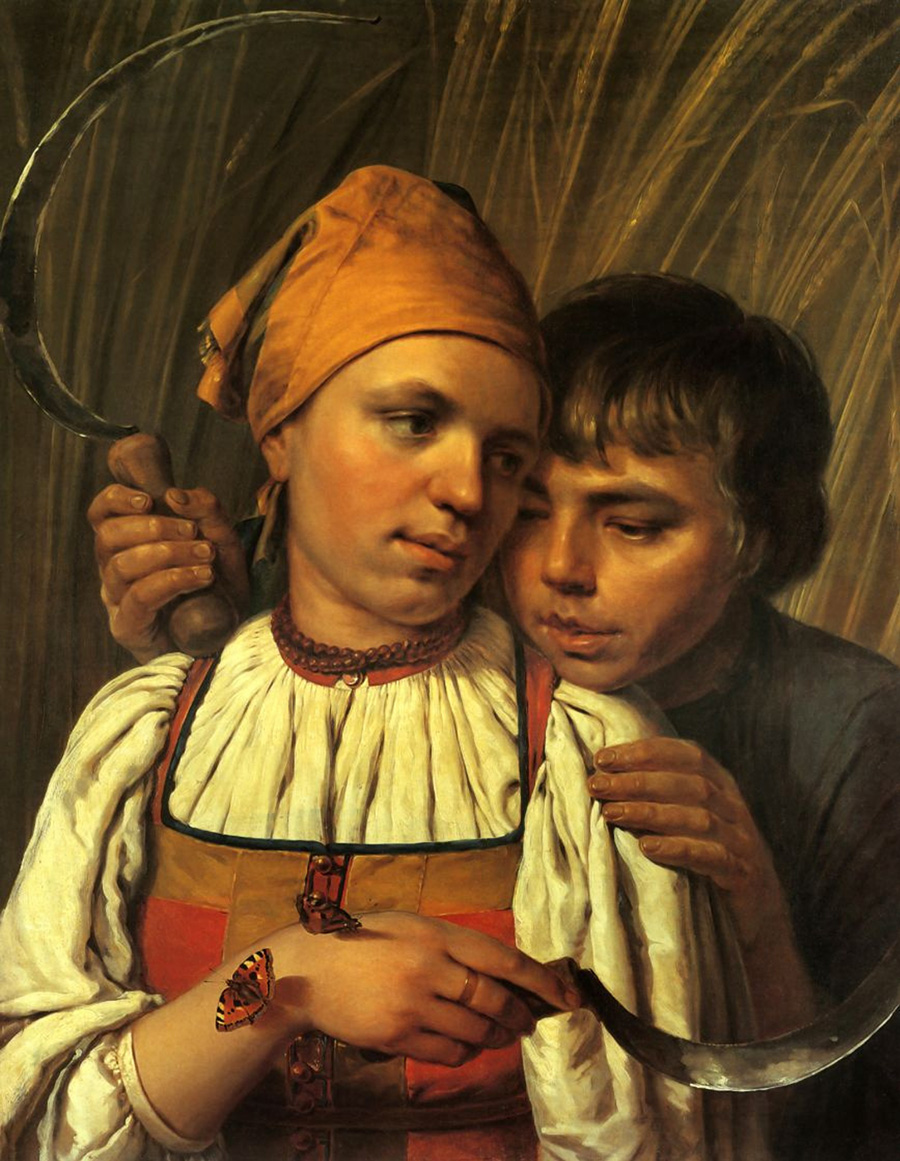
Before the harvest, a religious procession was often held on the way to the field, which the priest then would sprinkle with holy water and bless.
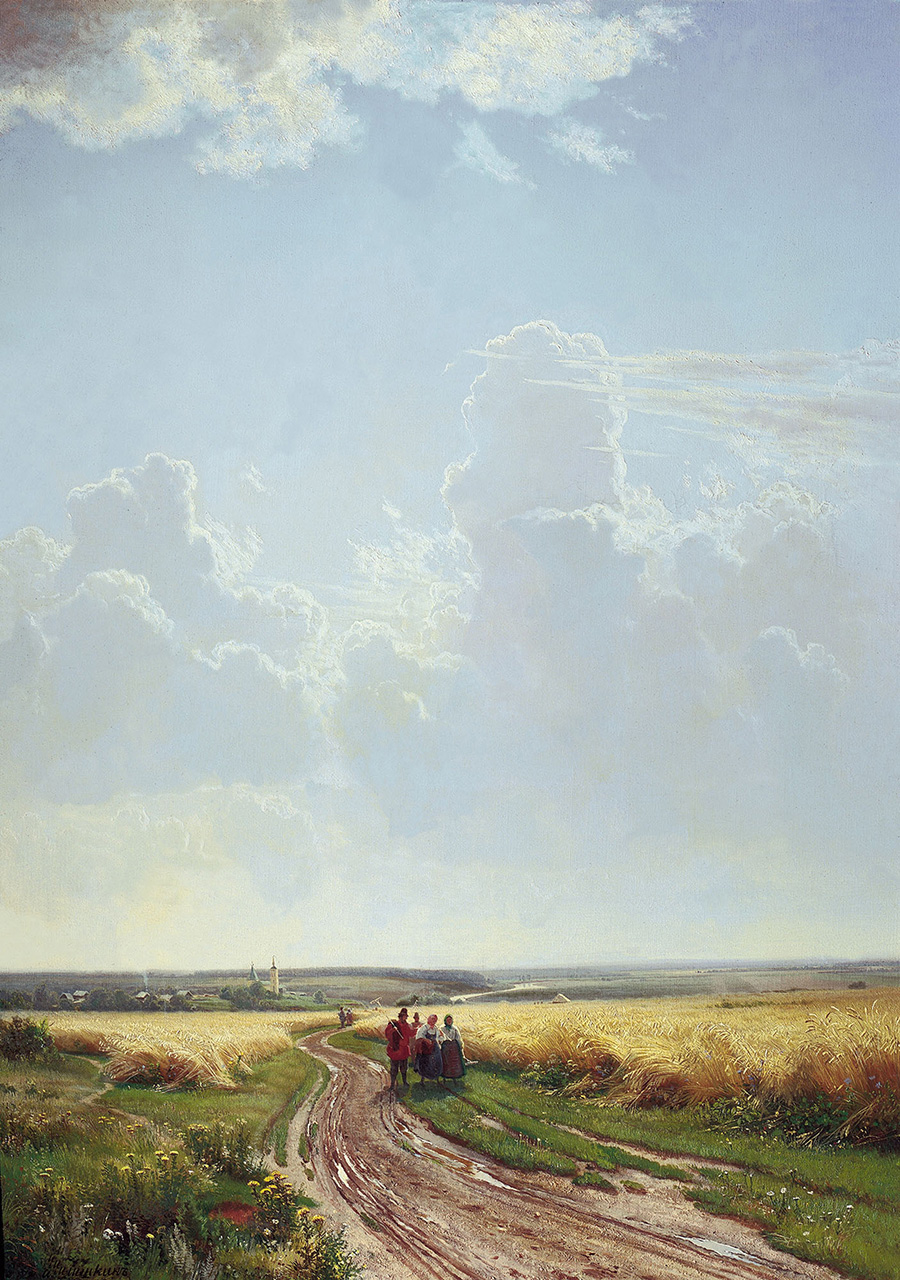
The reaping of the first sheaf was called ‘zazhinki’. The reapers would go out into the field before dawn. An important role was played by the choice of the ‘zazhinshitsya’: A woman who was distinguished by good health and a "light hand". She would cut the first ears of grain with a sickle, tie them into a bundle and bless them in the church. These ears of grain were kept until the following year as a talisman for the house and the future harvest. Its grains could also be added to the sowing grain for the next year.
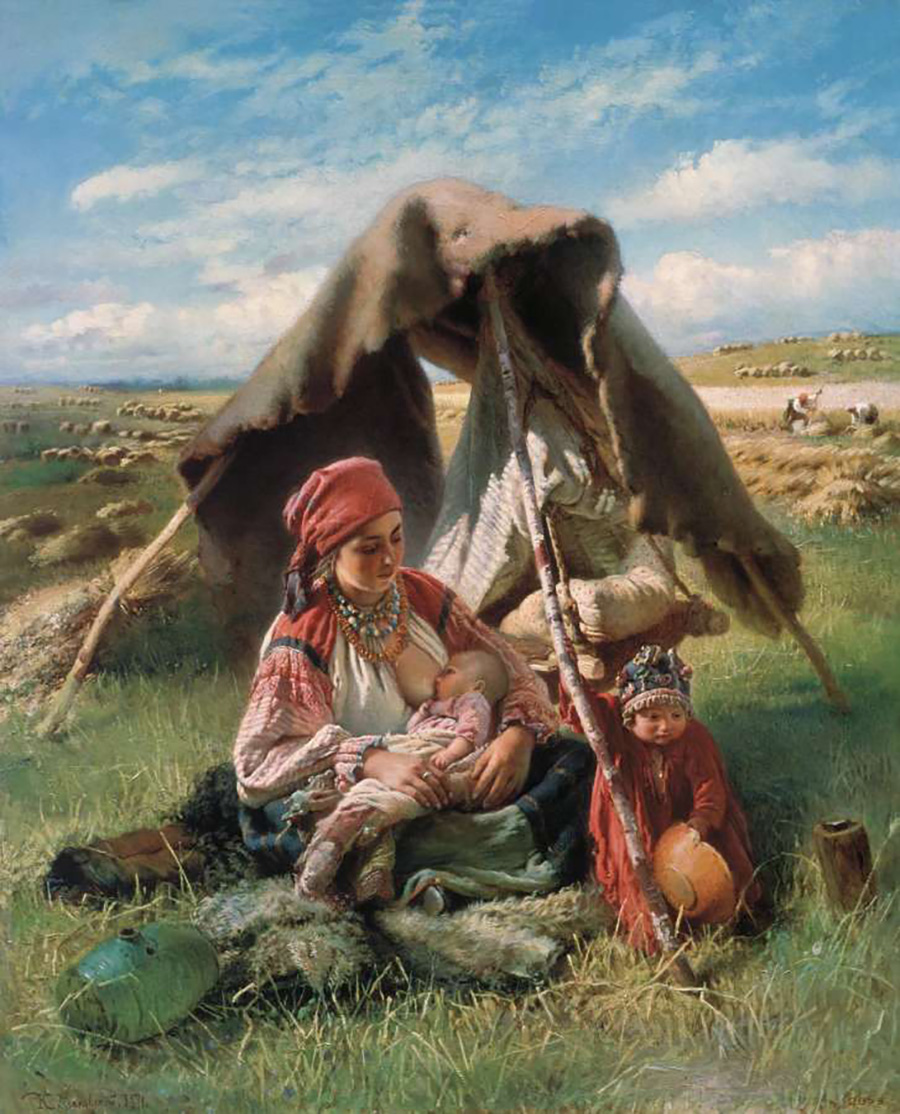
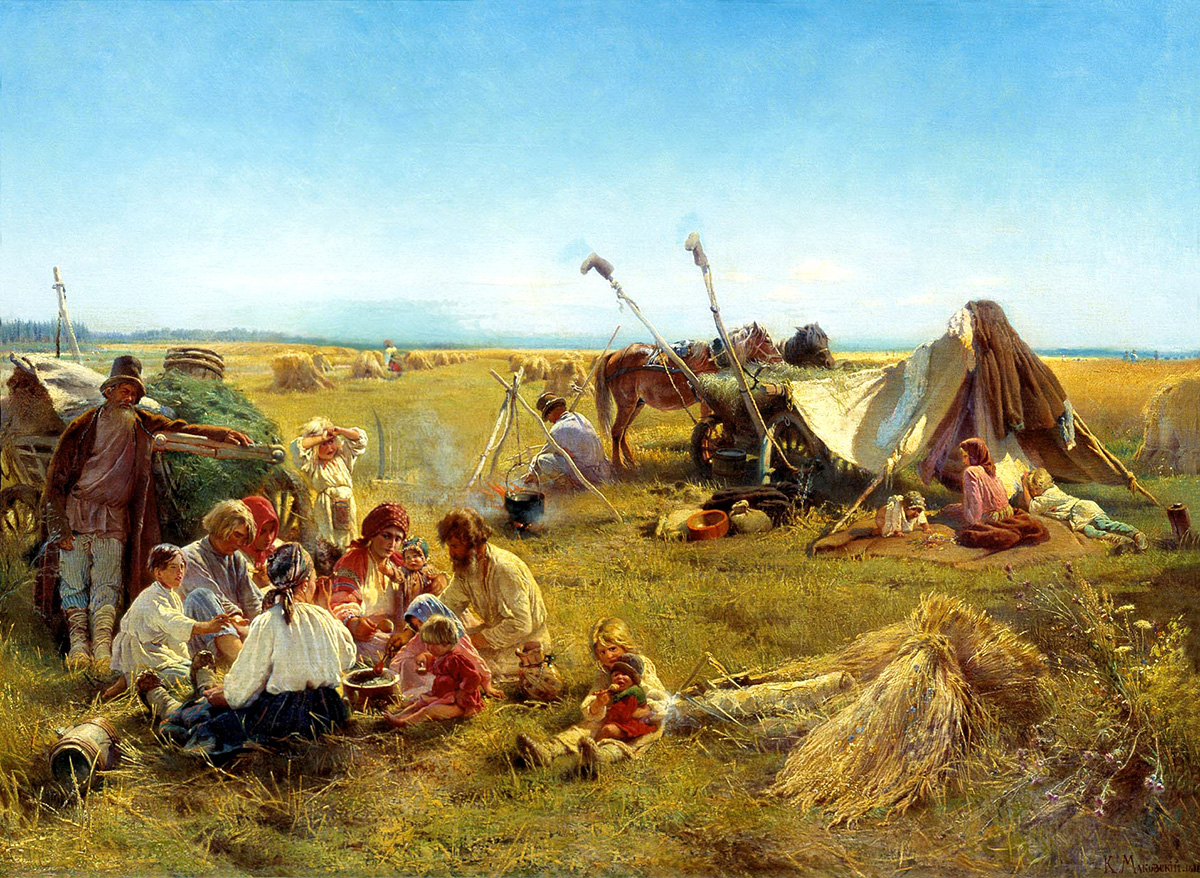
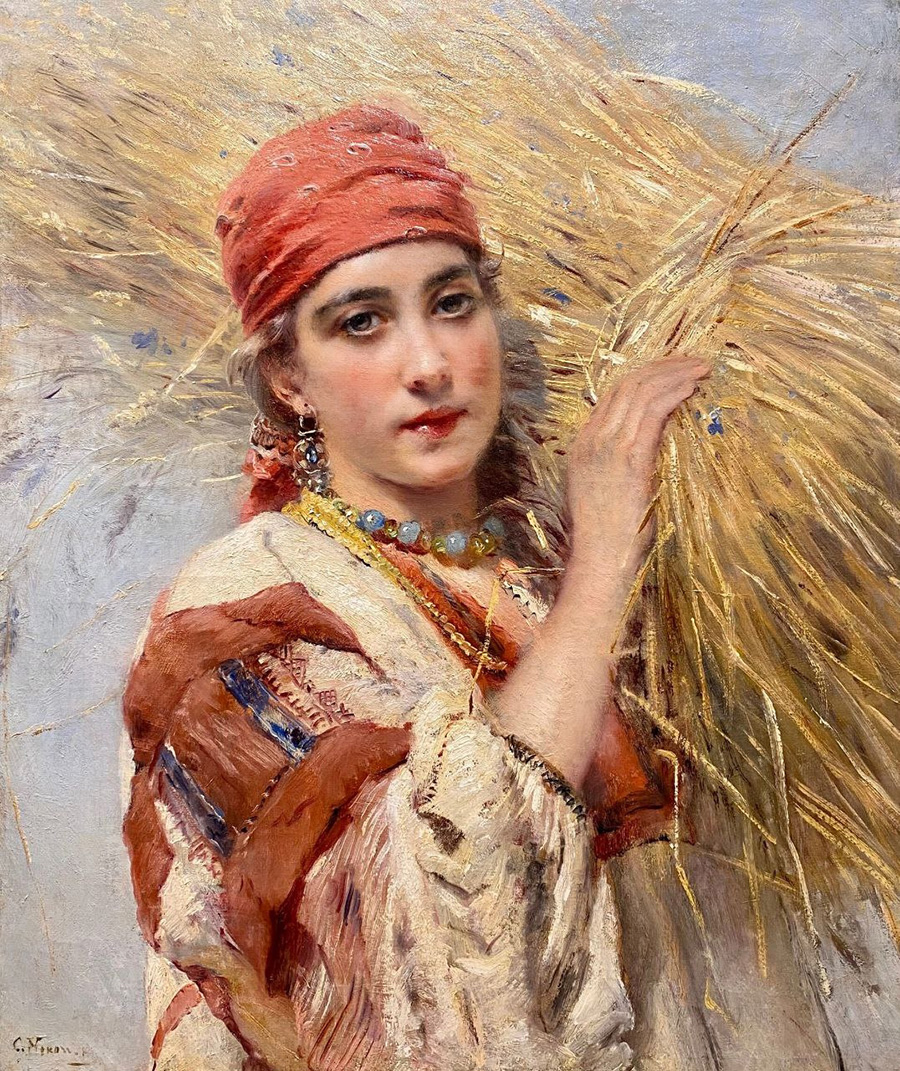
During the harvest, the reapers often sang harvest songs. The theme of fertility played an important role during the harvest. For example, it was forbidden to tie into a sheaf the ears of grain cut by another reaper, so as not to "deprive her of future children".
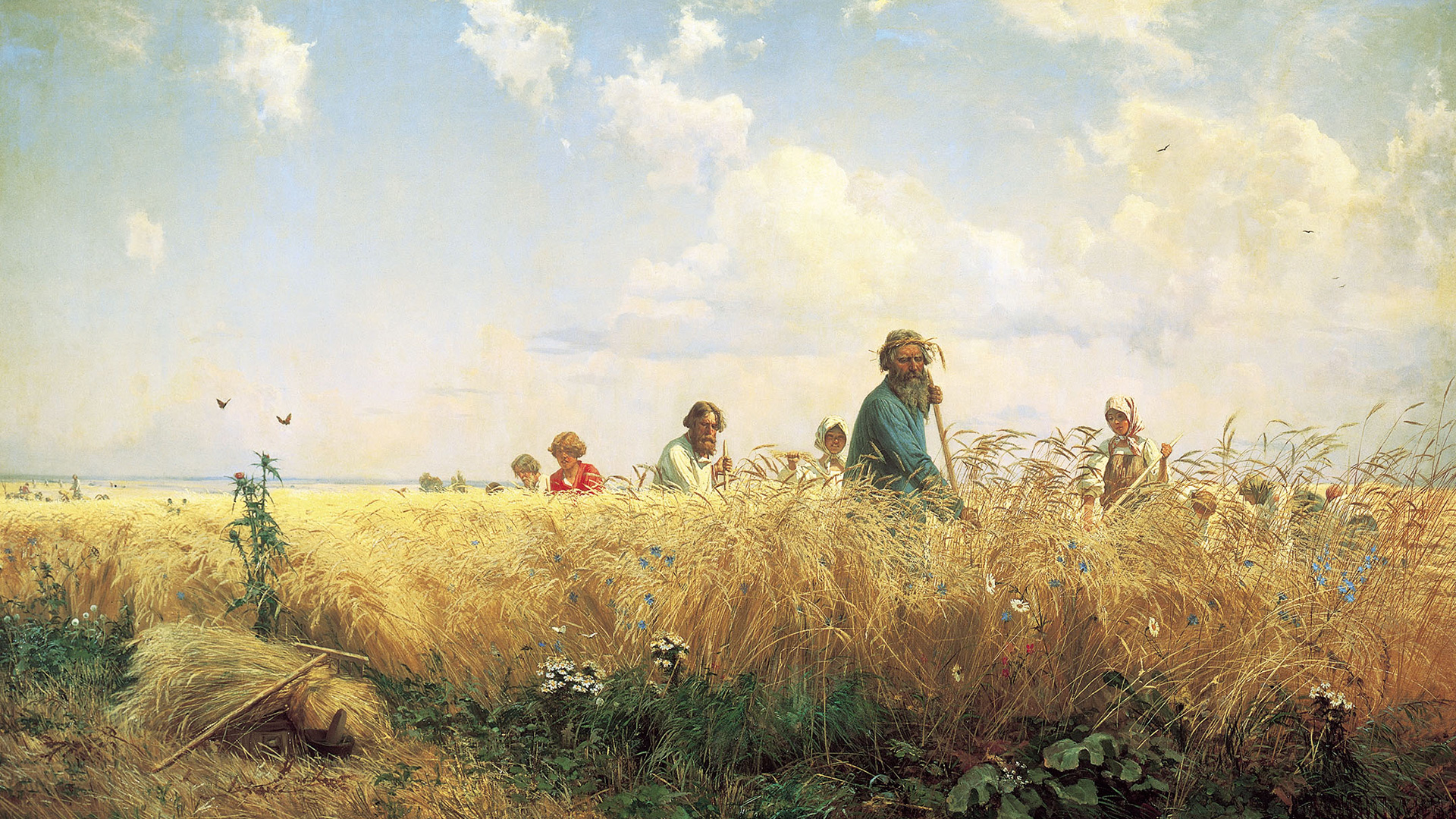
The last unharvested ears of grain, meanwhile, were tied with a ribbon and left in the field. They were dubbed ‘boroda’ (‘beards’). The "curling of the beard" ritual looked like this: The ears of grain were braided into a plait, bent down to the ground with a bow while citing incantations, intended for the future harvest.
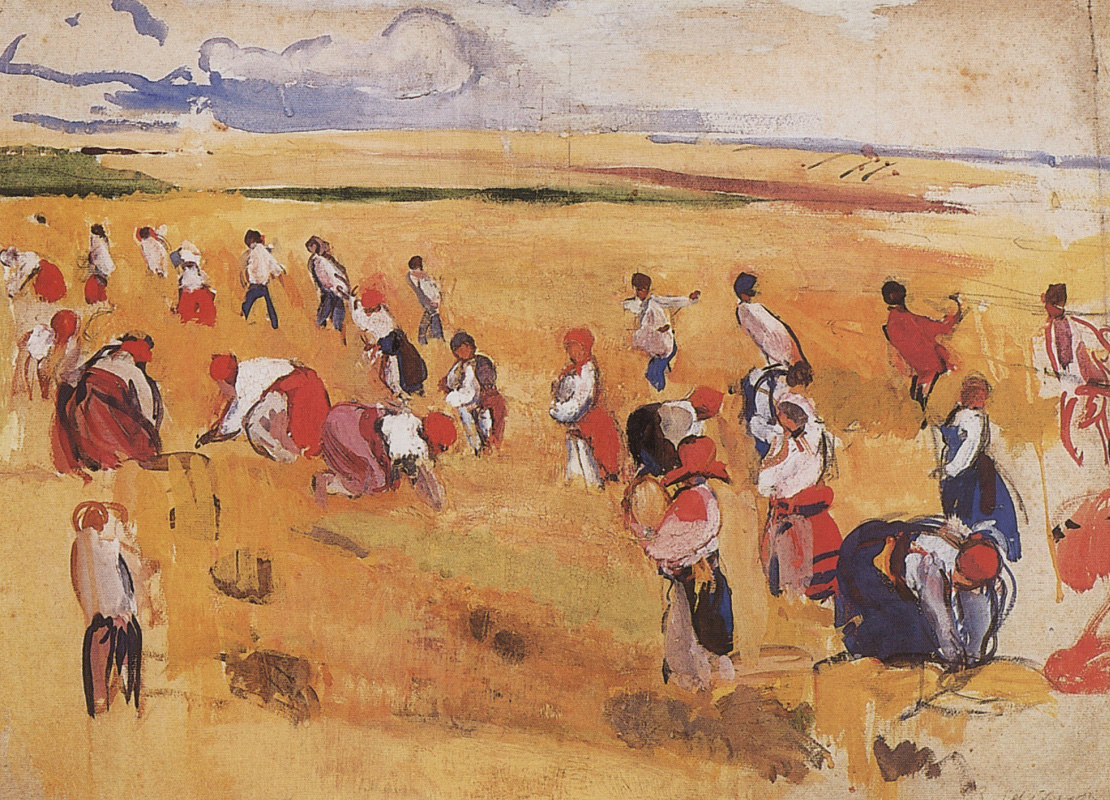
The end of the harvest was called "dozhinki". The last day of harvesting was celebrated especially solemnly: a festive table was set with a loaf of new flour, honey and beer.
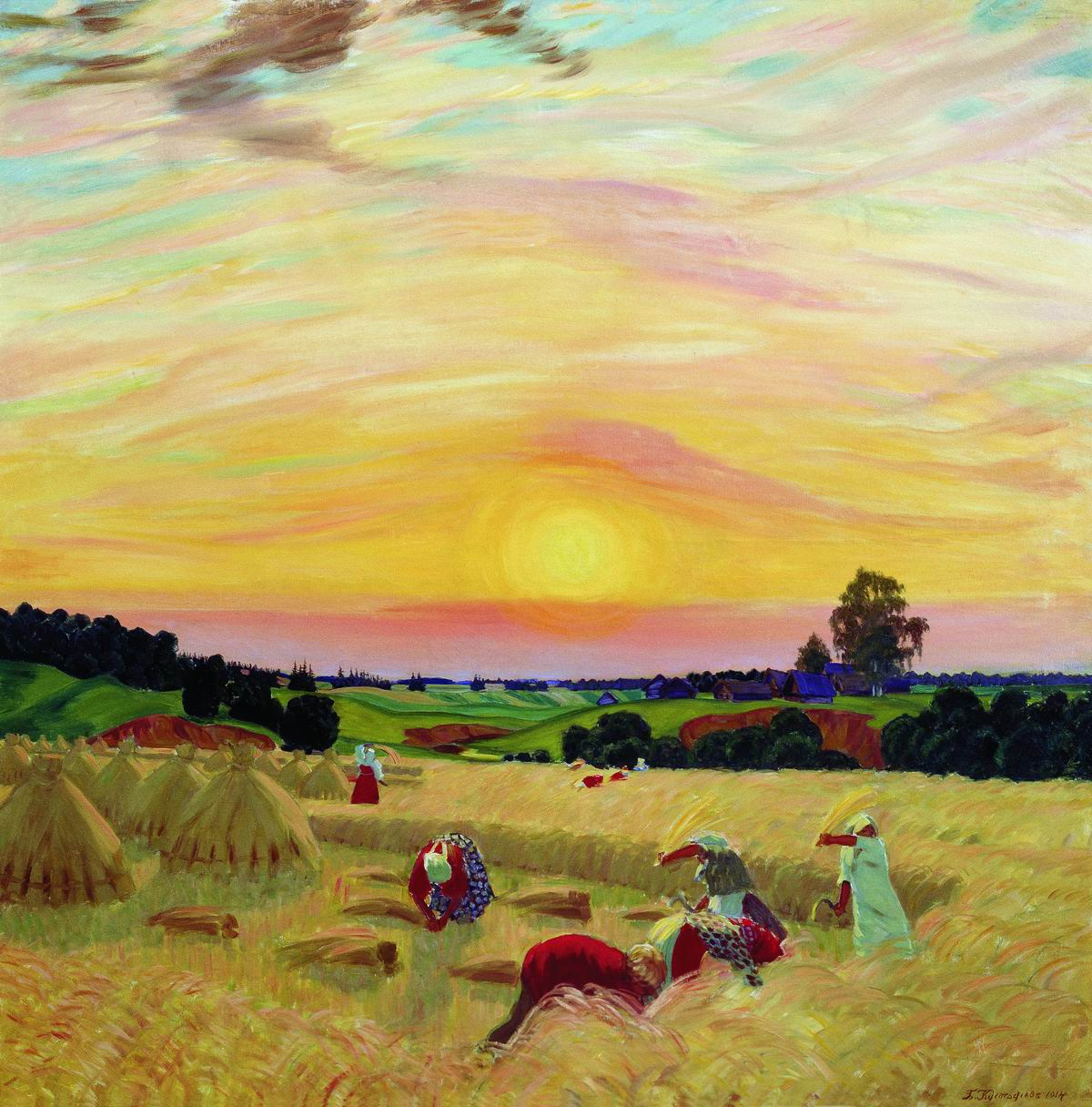
The last sheaf also played a very important role. It was decorated with ribbons, carried to the village with songs and placed under the religious icons. In some regions, however, the sheaf would be given to cattle as a healing treat.
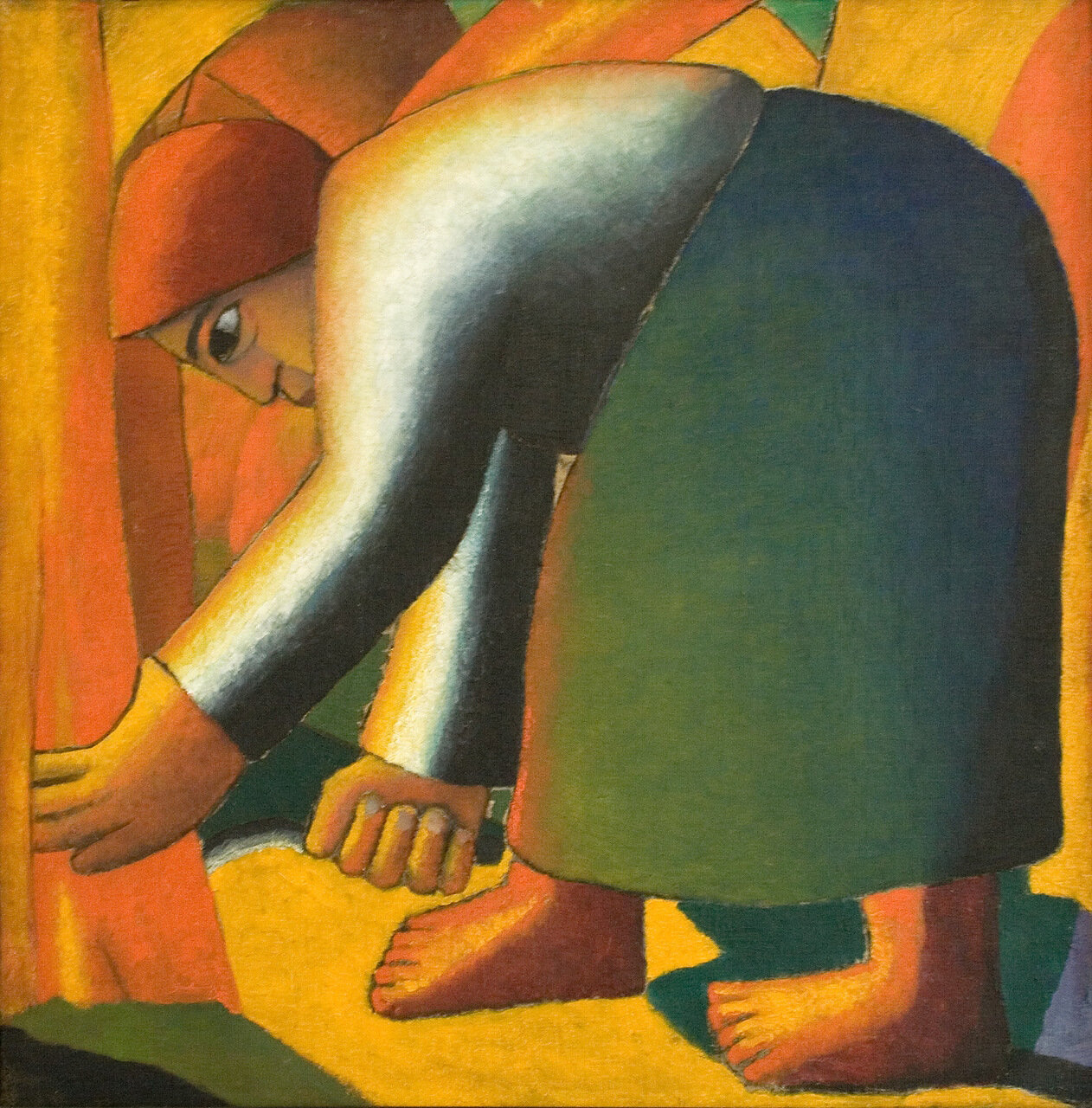
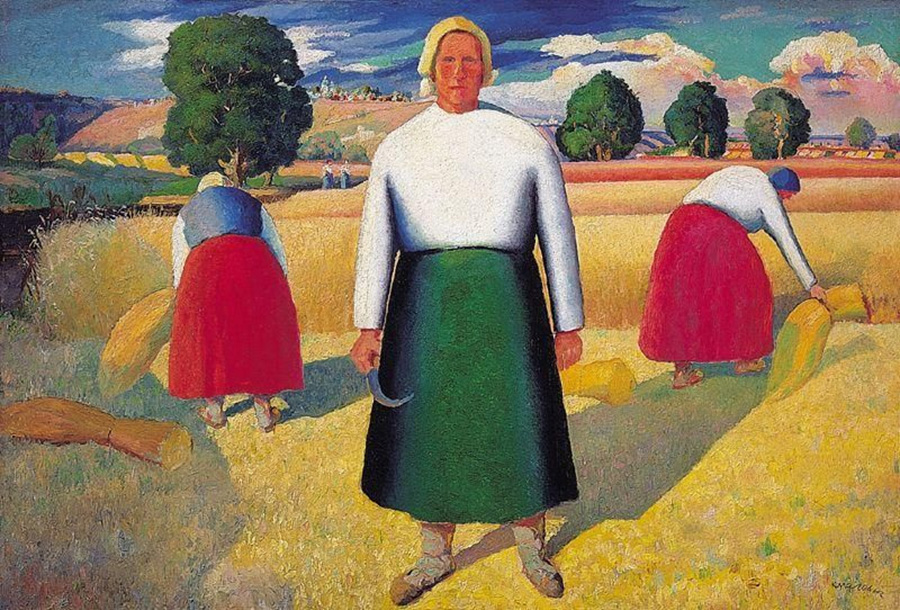
And, after the end of the harvest, young people would organize festivities, games and dance in circles. The peasants, though, immediately began to prepare for the fall season work.
